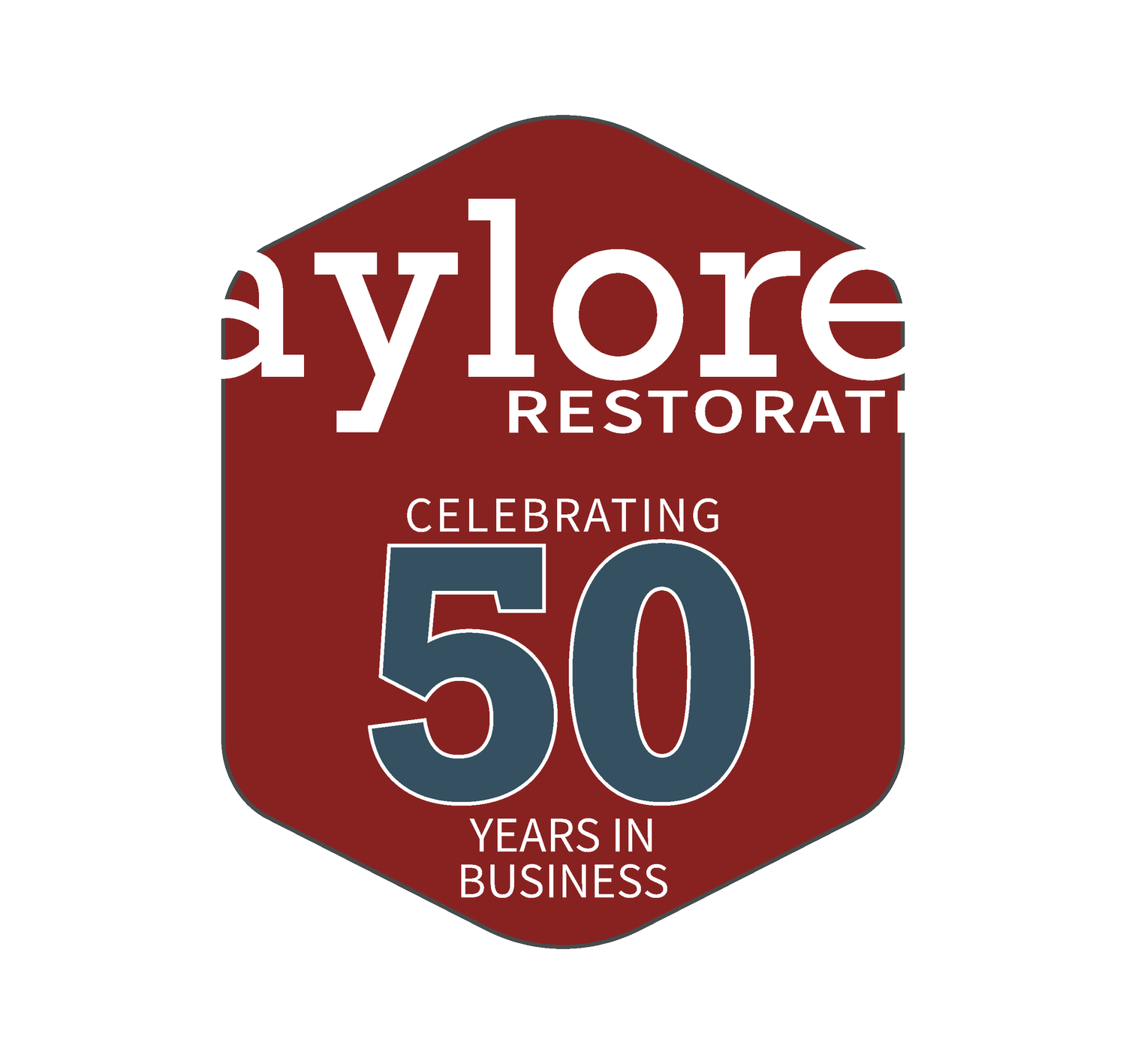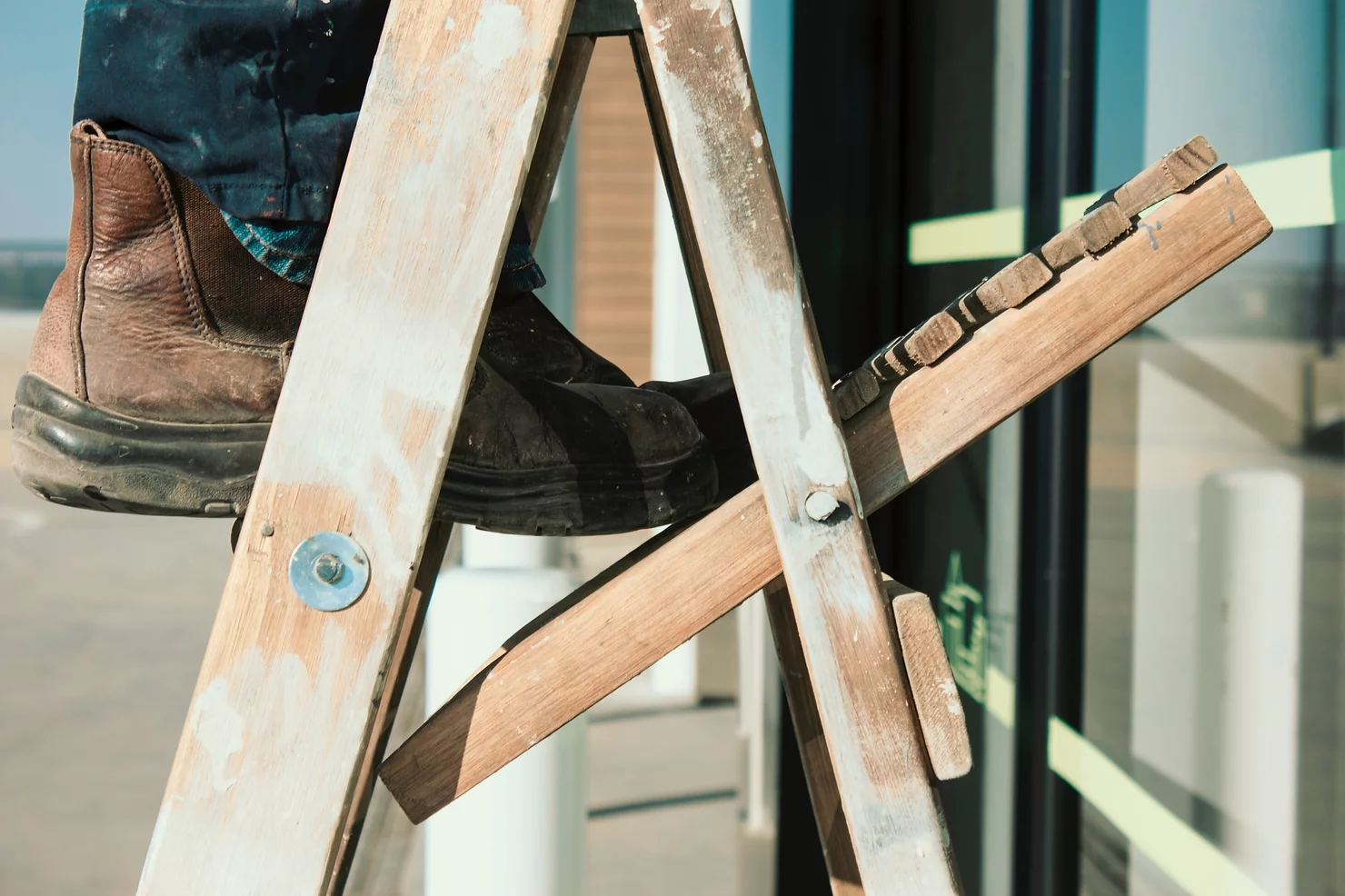Time for a Fall Tune-up!
As summer comes to an end, assess the health of your home to maximize savings!
Thermostat
A programmable thermostat allows you to control the settings to suit your climate, schedule, and temperature preferences.
Consider installing a smart thermostat. After installation, input your schedule and temperature preferences. As you change the settings, the thermostat adjusts to minimize energy use. Bonus: You can control the thermostat remotely with a smartphone.
Don’t adjust the thermostat drastically. Your home will not heat or cool more quickly.
Keep the temperature at, or below, 68° F during the day and cooler at night.
Save up to 10 percent on your monthly heating and cooling bill by turning back your thermostat from 7° to 10° for eight hours a day.
Windows and Doors
Energy loss and drafts often occur in the cracks between window components. Use weather-stripping where a window’s movable parts meet the window frame.
The seam between the window frame and the wall is a common source of air leakage. Fill any crack less than ¼” with caulk. For larger cracks, use expanding foam and paint over them.
Use window coverings to cut energy costs. Cellular shades, curtains, and draperies can provide increased comfort year-round.
Use a door sweep: A flexible piece of rubber or plastic held to the door’s lower edge by a piece of aluminum on an exterior door to block drafts.
Insulation
Insulation reduces heat loss during winter and heat gain during summer. Before you add or replace insulation, check your current levels.
Check your attic: Aim for at least 14” of insulation in the attic for warmer climates and at least 18” for colder climates. The Department of Energy (DOE) recommends an R-Value, which refers to the insulation’s ability to resist heat, of about R-60 for most regions.
According to DOE, air leaks are among the greatest sources of energy loss in a home. They also are the easiest to fix. Check for leaks throughout your home, including insulation.
Heating and Cooling
Frequently replacing your furnace filter is one of the easiest and cheapest ways to keep your HVAC system running efficiently. A clogged filter causes your system to work harder and can shorten its lifespan.
Depending on the home, filters should be changed every month, or every other month, when in use.
Schedule an annual service on your HVAC system. A clean system is safer and more efficient. A preventative service call for a tune-up and cleaning usually is less expensive and less stressful than an emergency service call
Exterior
Trim shrubs, and clear leaves and other debris. Keep branches away from the house and electrical wires to prevent property damage or power interference. Cut cracked and diseased limbs close to the trunk. For large jobs, hire a pro.
Rake yard debris away from the outdoor compressor unit of your heat pump. A heat pump needs good circulation to work efficiently, so make sure there is at least a 2’ clearance around the outdoor compressor.
Ensure gutters are clear and downspouts are correctly connected so water drains away from your home.
Disconnect garden hoses from all water spigots and insulate spigots

